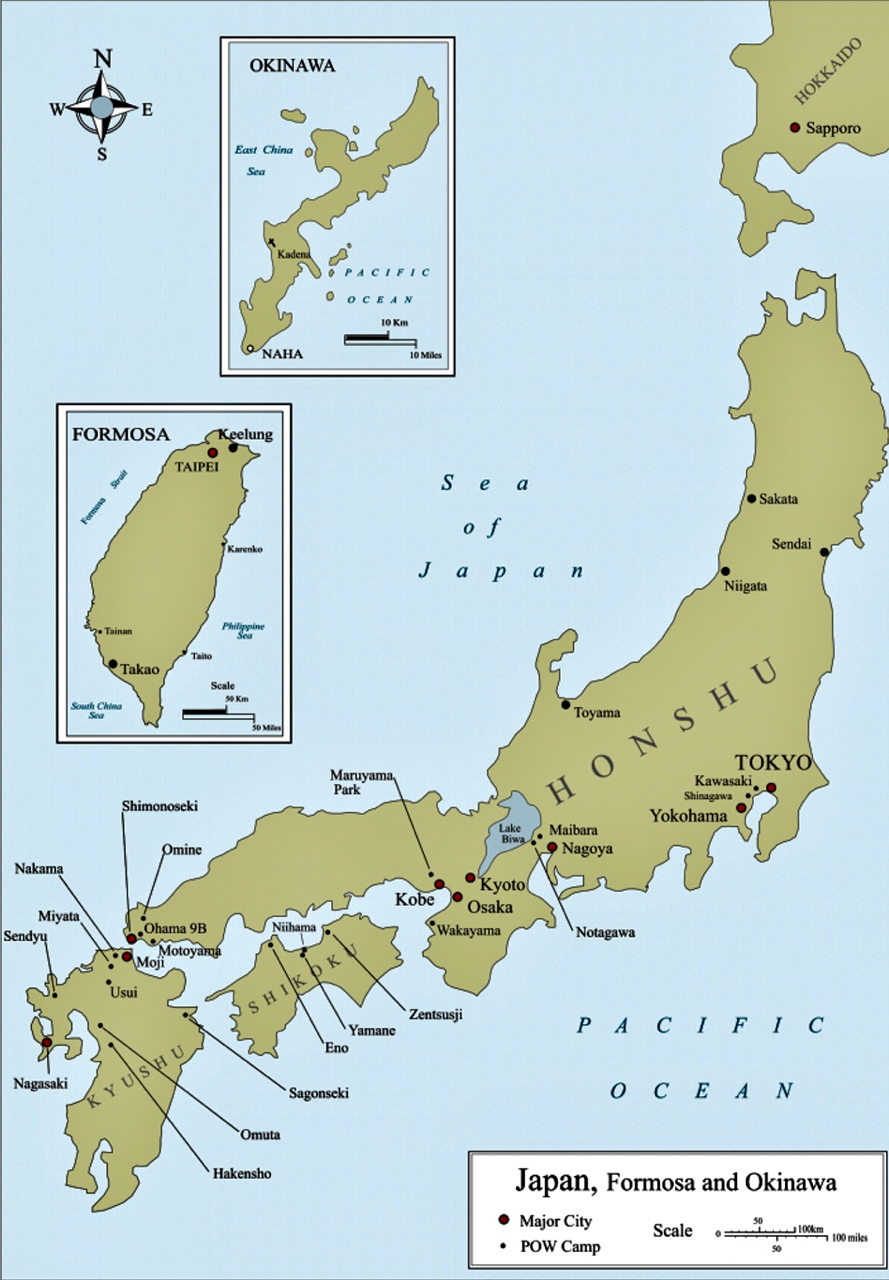‘WALES’ MARU SAILS FROM SINGAPORE 16 MAY 1943 TO SAIGON – CAPE ST JACQUES – TAIWAN – MOJI, JAPAN – ARRIVING 7 JUNE 1943.
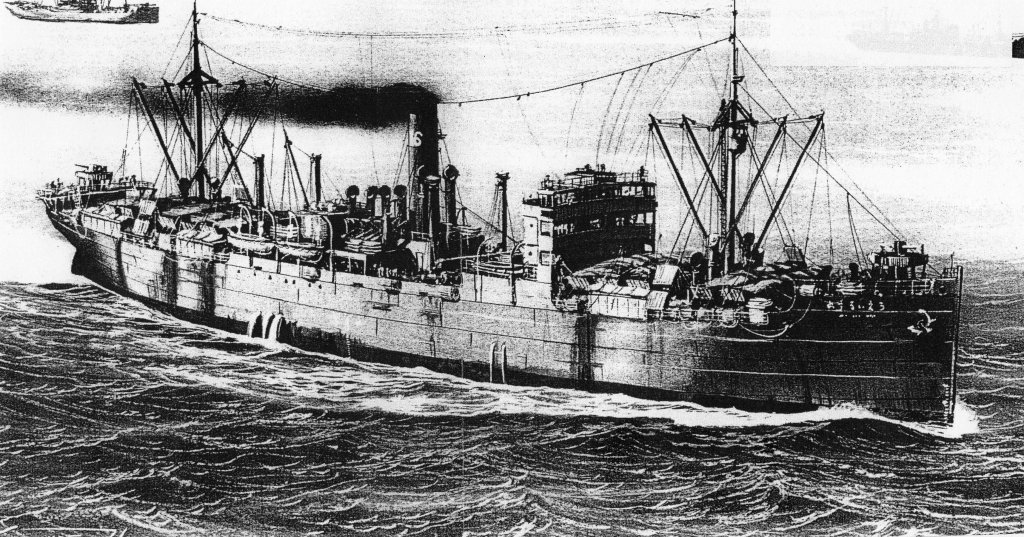
The following photographs were taken during US Bombing raid over Saigon 12 Jan 1945. They have been selected to show the coastline and Cape St Jacques.
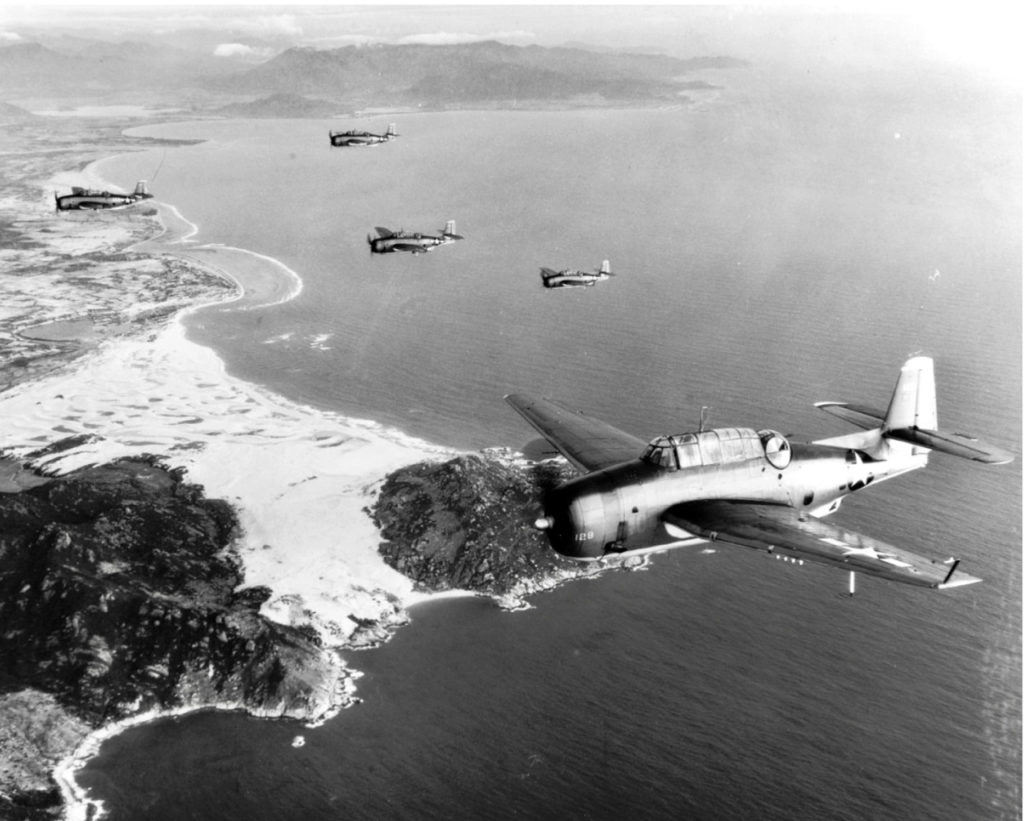

The above photo shows Japanese ships sinking following bombing raid. Some of Cape St. Jacques coastline is evident.
The 900 members ‘J’ Force onboard ‘Wales’ Maru heading to Japan in a small convoy which sailed from Singapore 16 May 1943 had its first stop and a three day wait at Cape St. Jacques, French Indo-China for the purpose of allowing seven more vessels to join the convoy. During those three days the men witnessed many ships. Convoys were arriving, breaking up and reformed with other vessels and moving on.
Apparently four of those seven ships were laden with Japanese troops – according to NX34875 Lt. John Fuller, 2/18th Btn on board the Wales Maru.
The heat in the holds was terrific particularly during daytime with the sun beating down on the iron deck. To make matters worse, the hatch covers were usually closed – just in case the POWs decided to mutiny! The men in the upper platforms in the holds felt the heat more because of their proximity to the deck above their heads. The lower shelf wasn’t quite as hot but the men suffered from the more humid atmosphere and wore the drips of perspiration from those above them.
The food now comprised of soggy rice and weak cabbage soup was poor in quality and quantity. Meals were limited to two daily. As the voyage continued the meals became more revolting with the rice showing signs of mildew.
The ‘Wales’ Maru sailed from Cape St. Jacques on 15.40 on 23 May 1943. Their naval escort left the convoy on 25 May 1943. The convoy was unescorted until 28 May 1945 when a destroyer joined it.
The ‘Wales’ Maru lay in the lee of Cape St. Jacques opposite a pretty watering place. The foreshore itself was deserted however French colonial style homes looked entrancing across the blue water and they could see the odd Vichy flag.
At night the promenade lights made for a pretty sight and the odd vehicle lights could be seen.
The air below decks on the Wales Maru was torrid.
NX29116 Pte. Ray J.T. Brown from 2/30th wrote:
“From a house set back from the beach front, strains of French dance music drifted across the quiet waters. It looked like fairyland in comparison to our drab surroundings. Then it was time to turn around and go down the metal ladder to the nauseous hold with its stench of unwashed bodies, fetid air and the usual smell of dysenteric faeces – the degree of nausea grew stronger as the voyage continued.”
Brown continued:
“On one of the three nights whilst anchored in the bay a concert was held in that hold. I will never forget the Irish tenor who sang ‘Mother McCree’, ‘Little Gray Home in the West’ and other Irish songs, the names of which I have long forgotten and finished with ‘Danny Boy’. There wasn’t a dry eye in the hold. The beauty of his voice stays with me to this day.”
Fresh water was at a premium throughout the 23-day voyage and limited to one cup with ’breakfast’ and another with evening meal.
Rain fell whilst anchored off Cape St Jacques on 21 May 1943. Men in small groups were allowed on deck to enjoy and benefit from it. It also rained the following day – cooling the temperatures in the holds.
Tobacco was in short supply amongst the POWs by 22 May. Smokers traded surplus clothing with the Japanese – some even down to only having a pair of shorts left.
The few men with books soon read and finished them. They exchanged with others. Yarning away with mates was a general means of whiling away the tedious hours. Some played cards or other games.
The run to Formosa (Taiwan) was uneventful, the waters were calm and ‘Wales’ Maru dropped anchor at Taikoa (Takao or Takow now known as Kaohsiung – the port established by the Russians when they controlled the island before the Japanese/Russian War of 1904) on south west corner of the rugged island a week after leaving Indo-China on 29 May 1943. The port was full of shipping – an assembly point for Japanese convoys – transports, hospital ships, naval craft and merchant vessels.
Photographs below provide some idea of what Takao looked like when ‘Wales’ Maru anchored in 1943 and number of ships in harbour.
Below: Takao Harbour 1930

Below: Takao harbour 1944 with Japanese shipping
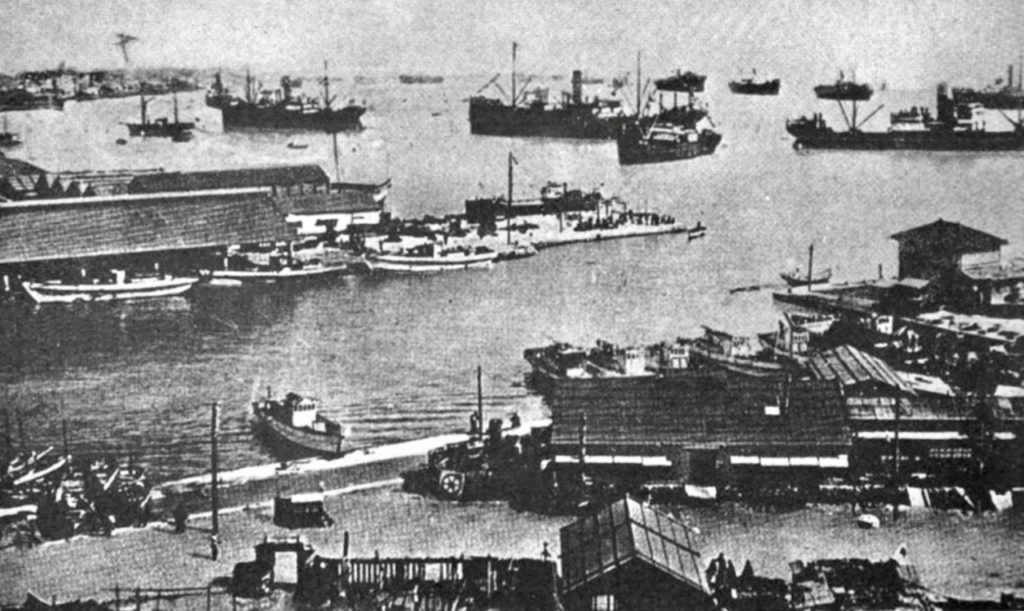
Below: Takao Harbour 1944 taken by American from air.
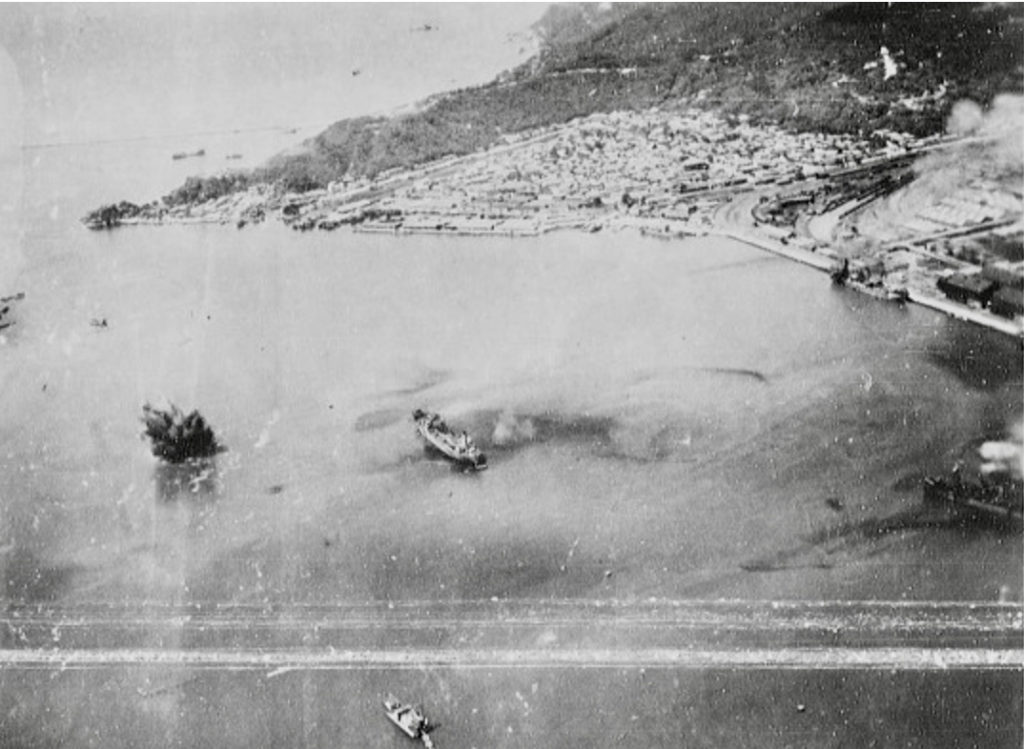
A Japanese Officer addressed the POWs informing them their destination was Japan. He warned of possible submarine attacks.
Takao was described as a city of single story houses with a large number of high chimneystacks.
On the second day the men received an issue of two bananas per man.
On 31 May 1943 ‘Wales’ Maru sailed at 0800 hours, but returned. They later joined a convoy of ships with an escort and sailed north.
2 June saw rain. The weather was cold and windy providing relief to the conditions in the holds.
5 June was three weeks since leaving Changi. At 0900 hours two torpedoes were fired into the convoy from the port (left) side probably aimed at the escort naval ship.
Lt. John Fuller was on deck and saw one torpedo about 100 yards north of ‘Wales’ Maru. A great commotion broke out amongst the Japanese crew and guards. The guns on the bow and over the last hold fired off rounds. The convoy scattered. POWS on deck were hustled below and the hatch cover secured.
John Fuller somehow remained on deck and during the Japanese panic loosened the hatch ropes in order to allow POWs a chance to exit the hold should their ship be torpedoed. A number of men rushed for the ladder until there was no remaining standing room – the ladder was the one and only exit from the hold.
Most men, although anxious and terribly frightened remained in their bed spaces.
Each man alone, though huddled close to the next man with their deepest fears and sense of hopelessness during this terrifying incident. Their thoughts with their loved ones and families back home.
Meanwhile on deck, John Fuller reported a periscope was sighted about 150 years to starboard (right) – excited and frightened gun crews fired round after round. Fuller was surprised no convoy ships were hit by them!
Each freighter carried a gun crew, fore and aft and between them had a collection of field pieces described by author Graeme McCabe in his book ‘Pacific Sunset’ ‘they would not be out of place in a municipal park Boer War Memorial.’
The escort was one small sloop (which apparently did not possess radar or any submarine detecting apparatus) dropped depth charges and after a while the convoy regrouped.
The submarine was completely safe.
The ‘Wales’ Maru had depth charges lashed to the deck, sitting on slides for delivery into the sea. The forty-four gallon drums containing explosives were dropped however with the ship’s slow speed they exploded beneath the ship resulting in the main shaft being unseated (or possibly other damage). The result was the ‘Wales’ Maru lost speed. The convoy sailed ahead and they were left all alone.
The hatch covers were lifted three hours after the first firing shot.
J Force men offered several versions of this incident.
John Gilmour said “I was led to believe that Capt. Boyce our M.O. was up on the forward part of the ship attending a sick Nip. He had his slouch hat on and saw the wake of a torpedo miss the ship’s bow. I always like to think his slouch hat was seen by the sub crew. I think that was Capt. Boyce’s opinion too.”
Capt. Boyce although not senior M.O. of ‘J’ Force was appointed by the Japanese to be M.O. for ‘Wales’ Maru.
Johnny Byrnes, 13th AGH said
“Boyce paid visits to various holds to give treatment both to our boys and the Nips. Boyce took sick parades first on the deck, on the hatch way really, with Les Bond, 10th AGH and Harold Shannon, 2/9th Field Ambulance as his helpers. Then down the hold with Reg Kavanagh 10th AGH and myself on hand.”
The ‘Wales’ Maru chugged along solitarily for the next and last three days of the voyage. Each day a Naval reconnaissance aircraft flew around us for half an hour, usually in the afternoon.
Suddenly at 1000 hours on the next day, 6 June the 2 guns on the ship began firing rounds assisted by small arms fire from the decks by the Japanese guards.
Battened down into hold again, the men were more terrified than during the convoy attack – they knew this time the ‘Wales’ Maru was the one and only target.
John Fuller was again on deck during the incident. He was able to report to the men below who naturally thought it was another submarine attack:
“The Japs were shooting at fishing buoys thinking they were part of some undersea weapon from a submarine.”
“The Jap soldiers and crew were pitiful in their terror, while the men who had every reason to panic, remained outwardly unstirred, accepting what must be, must be.”
John Gilmour wrote “I was on deck cutting hair both times we had the sub scares.
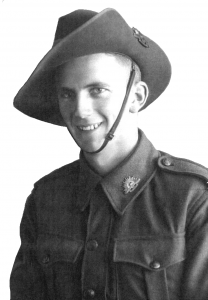
I recall I had cut a ‘V’ forVictory on the hair of one of the Nips. After the incident he returned and wanted he remaining hair cut off. He really did his ‘Nana’ when everybody made a joke of it.
I remained in the hold. Another POW and trained barber finished him.”
On 7 June 1943 they reached the port of Moji located on the northern most tip of the Island of Kyushu. The 900 men of ‘J’ Force, to their great relief had arrived in Japan. There had been no physical casualties but mental casualties would be numerous.
Please read about the 20 men from 2/4th included in J Force
The above WW2 map of Moji is from Nigel Mansell’s website about Moji’s three hospitals. We highly recommend visiting
https://sites.google.com/site/powsofthejapanese/Home/pow-camps/the-three-moji-hospitals

